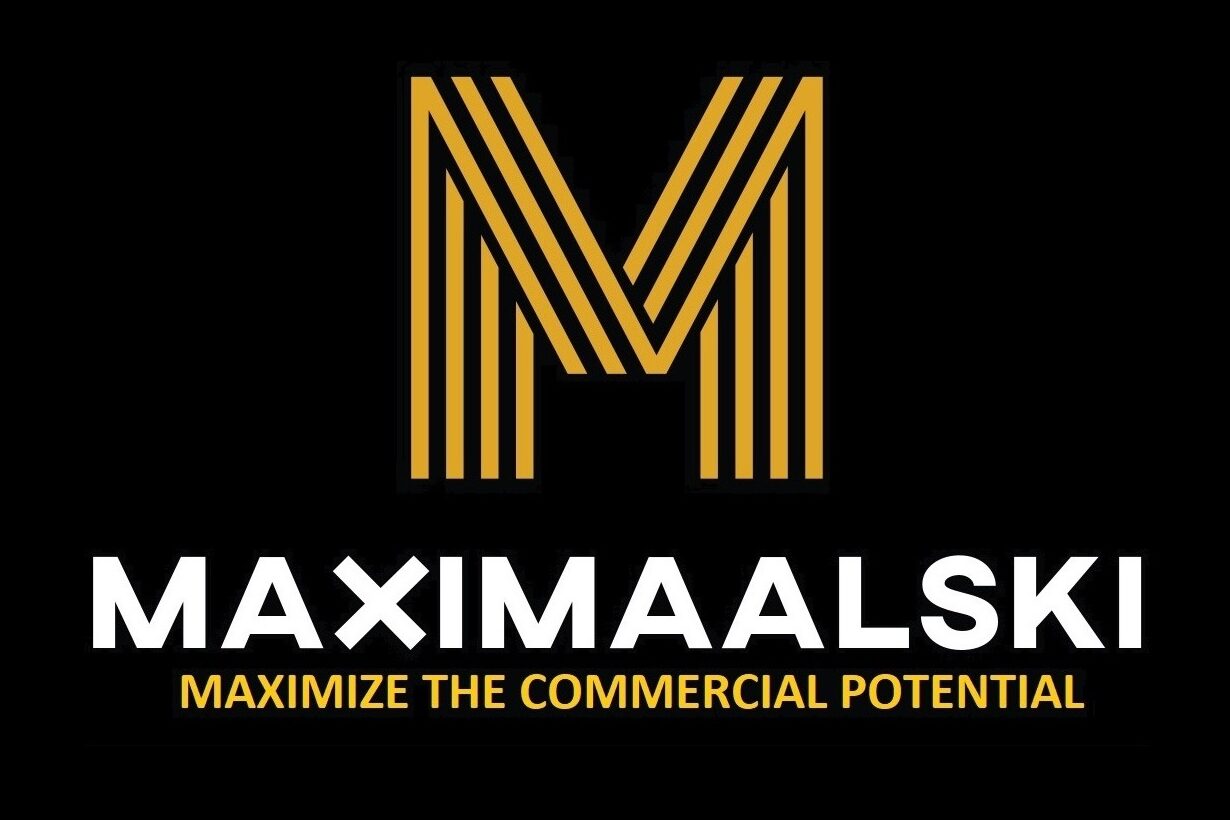How to answer and win a RFP (Request For Proposal)?
Every sales person knows that feeling…. You are cold calling, prospecting and writing potential customers non-stop like an obsessed person! Then you finally receive that well-deserved invitation, to participate in a formal Request For Proposal (RFP). Proudly you show the invitation letter to your manager and other colleagues and spend many hours on the proposal. You make a great long corporate presentation and hand in a beautiful response document and proposal to the RFP…… And then you lose again!!!
Why does this happen all the time and how can you actually start winning more RFPs?
4 Tips to answer and win a RFP (Request For Proposal)
After reading the 4 tips in this post, you will have new inspiration to increase your chances of winning more RFPs. And most important: you will regain full control and enjoy responding to those RFPs again!
1. You have already lost, when you receive the RFP
If you have not yet been in touch with the customer, prior to the release of the RFP… Then you should seriously question yourself, whether you are going to have any chance at all! The customer already knows who they want to select. They also already know, who they will use for information gathering purposes only. And for bench-marking.
I think the odds of you actually coming out on top and still winning it, are typically 10% or less. Therefore, you must be part of the “Pre-RFP” process early on.
If not, there are still 3 strategies you could follow, besides unfortunately just throwing that RFP in the trash and to forget about it! And send a confirmation to your customer, that you will not participate in the process.
- Make a ridiculously low offer on price, just to win on price only to increase your segment/market share. Or just to disrupt your main competitors on price only.
- Spend as little time as possible on the response, make it very short and concise. And challenge your customer, with new insights they haven’t thought of before.
- Make a great non-standard presentation to remember! That bold presentation will totally differentiate you from the others contenders. And it will put you top-of-mind, with your potential customer.
2. Keep it short, but strong and concise
Fear of leaving out irrelevant background company information. And showing off your company’s amazing features and strengths, with endless Fact sheets and network diagrams, are true RFP show stoppers.
Don’t do it! Instead focus on a very short but strong response, which is easy to read and to navigate through. Challenge yourself to stick to bare essentials only. Make it easy for your customer to read and understand. Play multiple scenarios in your head. And put yourself in the minds of the RFP reviewing committee. Help them save time and help yourself to make a difference.
If you keep it short and throw all that non-essential stuff in as attachments, you are already making a difference. You will save yourself a great amount of time. And you are helping and pleasantly surprising your customer. Now it’s time to bundle that with my 3rd tip: making a great presentation to build on the positive momentum, from that refreshing proposal!
3. Make a great presentation they will remember and talk about
Stay away from those typical corporate presentations with 10+ slides. It is completely useless. Instead, make only 2 or max 3 slides and then immediately focus on the verbal discussion with your customer. An actual meaningful engaging conversation, instead of the usual “Death By PowerPoint” Again… play those multiple scenarios in your head and imagine:
- What do they really need?
- What happens if they don’t change?
- What have they tried and is not working?
- What are their biggest challenges?
- What are the top 3 reasons besides price, based on which they will make a decision.
- And which one of those 3 reasons is most important and why?
And ask yourself: “What can you do to win, knowing that your products and services are just as good as the preferred competitor?” . How could you differentiate in a meaningful way?
It is important to provide your customer with valuable use-cases and examples, of others customers that you have helped solving their problems. And challenge your customer by providing them with new insights they haven’t thought of before. This is what will leave a truly lasting impression. You are rightfully doing something completely different than the majority pack. Including the main contender!
Your main competitor will most likely, just perform their favorite rattle about how great they are. And show their fantastic (boring) corporate presentation. No value, no new insights. Because hey… they think they already have this one in the pocket and can’t lose. Right?
Now think of what you can do to be different. And to provide new insights and more value than your competitors.
4. Sell on value, close on price
When you are not the main contender, you must not try to differentiate only on price in order to get noticed. Instead, differentiate on value only and keep on presenting new use cases. Offer case studies and real customer references stories. And pro-actively offer your customer to hear it, fully confirmed by someone else in their industry! You are selling value, not price.
It is true when I admit and say, that almost every project that I can remember, where I tried to win it only on price, was eventually unsuccessful and I lost.
Project investment
But since price is always very important in any RFP, you should close the deal by offering discounts at the end when it really matters. The RFP selection board has already bought-into your value proposition, if you have made it this far. And they recognize and understand why they should select you, because of the many new insights and value you have presented to them.
But you need to be able, to offer some project investment or discount at the end. In order to move forward with a token and make a deal with the buyers from sourcing and procurement. Especially if you for example, cannot reward all the legal requirements.
Scream for insights and value
RFPs always look price-driven in the beginning, while actually they are often a scream of your potential new customer. A scream to please help them, to discover new insights and value! The type of stuff that their current provider is unable to address or they cannot find themselves.
New insights, that will actually help your customers solve their problems and become more efficient and profitable. Insights that will prove and show to your customer, that you are the real expert. And that you understand their challenges and business.
Only you will show them these new insights, take them by the hand and lead them to the promised land!
Go ahead and share… and comment below, with your experiences or additional tips for this post! Let’s win some more RFPs together and make answering them more fun and a better experience for both parties. Be sure to also read how to negotiate with Indians and how to close deals like a real German. And check out 17 tips about what you can do if your micromanager is giving you a tough time at work.
Book source
This is an excerpt from the book “The corporate sales winners guide: Transform your life and become a top sales performer” by Gerrit Jan de Vries. View the ebook and the paperback version on Amazon.

